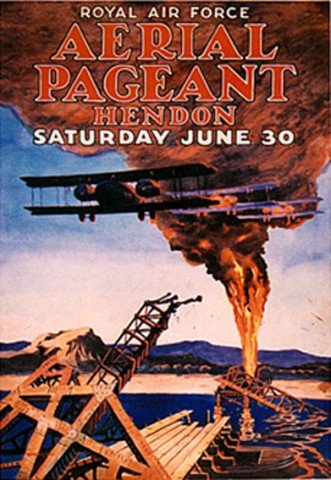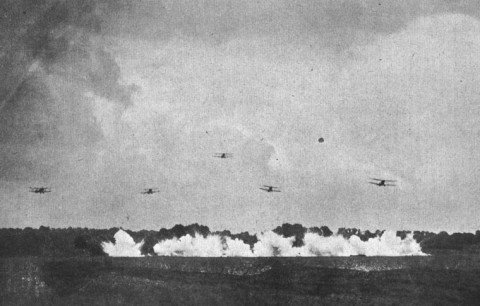Eric Ash. Sir Frederick Sykes and the Air Revolution 1912-1918. London and Portland: Frank Cass, 1999. An excellent study of a important figure in the early days of the RAF who has been overshadowed by his rival, predecessor and successor Trenchard: he was certainly a stauncher supporter of strategic bombing at this time. Sykes was also the friend and patron of P. R. C. Groves.
Anthony Christopher Cain. The Forgotten Air Force: French Air Doctrine in the 1930s. Washington, D.C., and London: Smithsonian Institution Press, 2002. Cain argues that while French air doctrine was unsound, the reason was not that French airmen were decadent, traitorous or stupid (to paraphrase the title of his concluding chapter), but that they were let down by non-airmen who didn't understand airpower. (The Armée de l'Air didn't become independent until 1933.) Some glorious photographs of interwar French bombers.
John R. Davis with Susanne Everill. Grants for History 2012: A Guide to Funding. London: Institute of Historical Research, 2011. Don't laugh.
A. D. Harvey. Body Politic: Political Metaphor and Political Violence. Newcastle: Cambridge Scholars Publishing, 2007. Harvey has written a number of articles on airpower history, but this is something completely different. It's a history of the notion that the organisation of human societies resemble human bodies, and in some way therefore work in the same way. Hobbes's Leviathan is probably the most famous example, but it wasn't the first and it wasn't the last.



